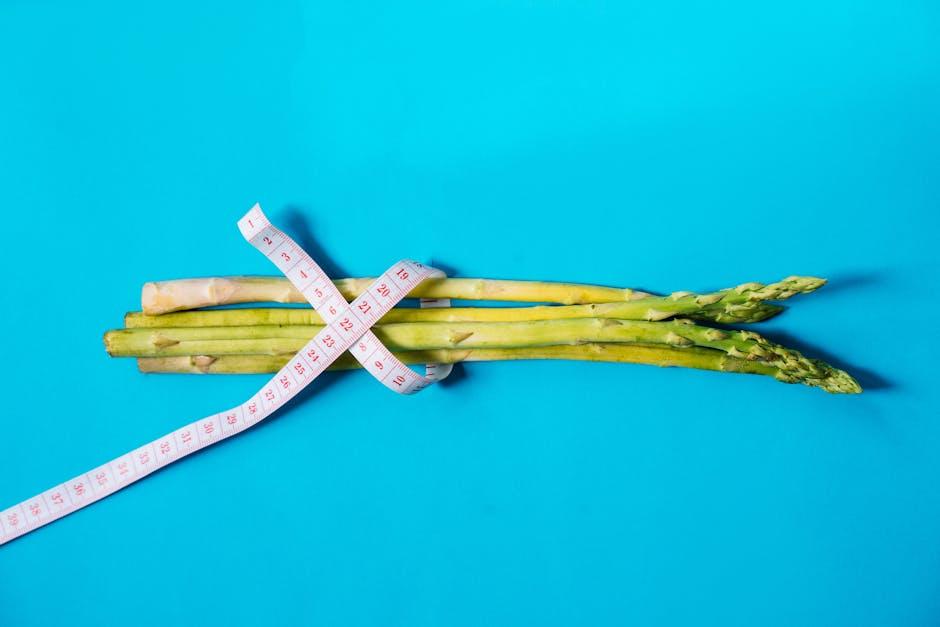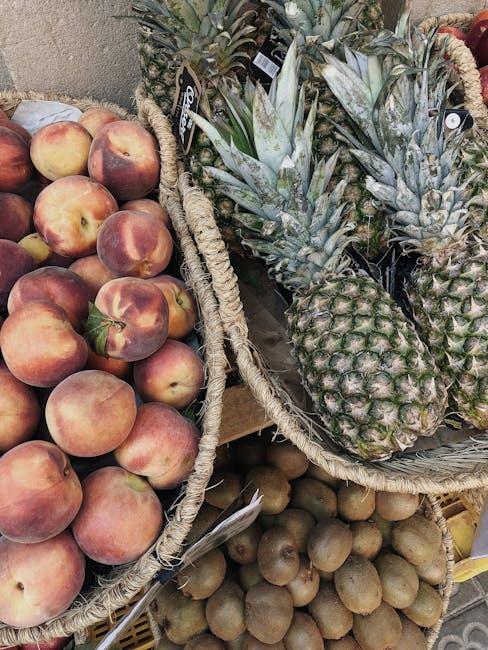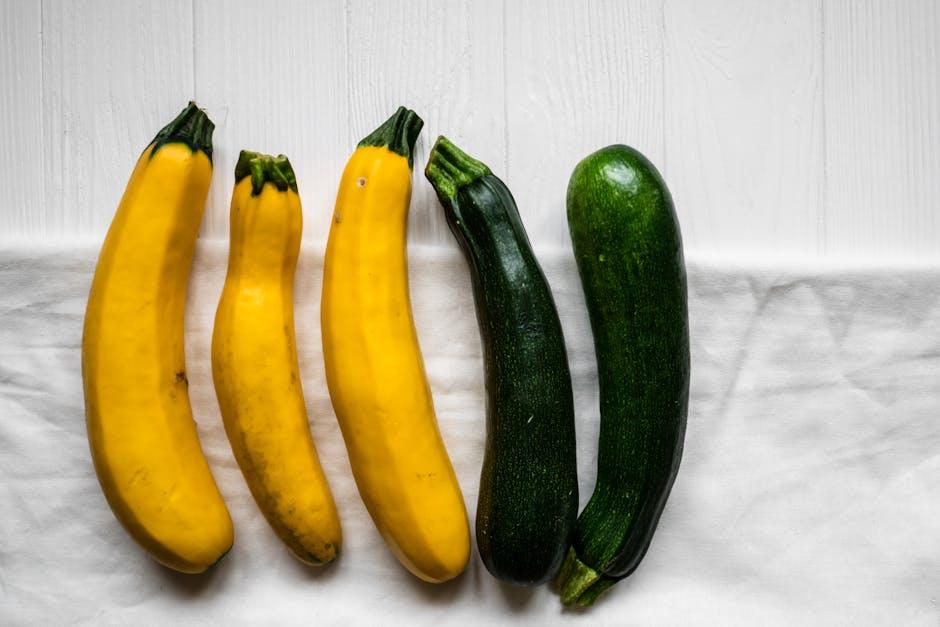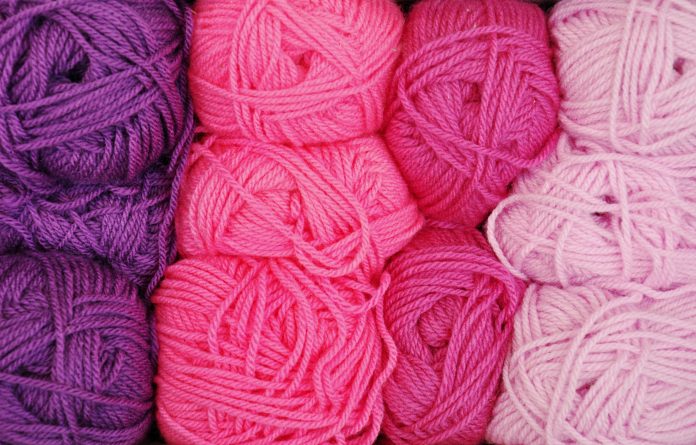Embarking on a weight loss journey can often feel overwhelming, especially with the myriad of diet plans and nutritional advice available. However, one simple yet powerful element that frequently goes unnoticed is dietary fiber. This unsung hero plays a crucial role in not just maintaining overall health, but also in aiding effective weight loss. In this article, we will explore the pivotal role of fiber in weight management and provide practical, empathetic guidance on how to seamlessly incorporate more of it into your daily diet. Whether you’re just starting out or looking to enhance your existing routine, understanding the benefits of fiber can be a game-changer in achieving your weight loss goals.
Understanding Fibers Impact on Appetite and Metabolism
Fiber plays a crucial role in managing hunger and boosting metabolism, two key factors in successful weight loss. By creating a sense of fullness, fiber helps curb overeating and reduces the temptation to snack on unhealthy foods. When you consume fiber-rich foods, they expand in your stomach, signaling to your brain that you’re satisfied. This not only helps in controlling appetite but also stabilizes blood sugar levels, preventing energy crashes and cravings.
Moreover, fiber enhances metabolic processes. It aids in the digestion and absorption of nutrients, ensuring your body efficiently uses energy. There are two types of fiber: soluble and insoluble, both offering unique benefits. Soluble fiber dissolves in water, forming a gel-like substance that slows digestion, while insoluble fiber adds bulk to stool, promoting regular bowel movements. Consider incorporating the following fiber-rich foods into your diet:
- Fruits: Apples, pears, and berries
- Vegetables: Broccoli, carrots, and leafy greens
- Whole Grains: Oats, quinoa, and brown rice
- Legumes: Lentils, beans, and chickpeas
- Nuts and Seeds: Almonds, chia seeds, and flaxseeds
By gradually increasing your fiber intake, you’ll likely notice improvements in both appetite control and metabolic function, making it easier to achieve your weight loss goals.

Incorporating Fiber-Rich Foods into Everyday Meals
Boosting your fiber intake doesn’t have to be a chore. Here are some simple, delicious ways to weave more fiber into your daily meals:
- Breakfast Boost: Start your day with a bowl of oatmeal topped with fresh berries and a sprinkle of chia seeds. Not only is this a fiber-rich start, but it’s also packed with antioxidants and healthy fats.
- Snack Smart: Swap out chips for raw veggies like carrots, celery, or bell peppers. Pair them with hummus or a bean dip for an extra fiber punch.
- Lunch Love: Opt for whole grain bread or wraps and load up your sandwich with leafy greens, avocado, and sprouts. Adding legumes like chickpeas or lentils to your salad can also make a big difference.
- Dinner Delights: Incorporate more beans, lentils, or quinoa into your evening meals. These ingredients are not only high in fiber but also versatile and filling.
Remember, increasing fiber gradually and staying hydrated can help you enjoy these benefits without discomfort. With small, mindful changes, you’ll be on your way to a healthier, more satisfying diet.
Simple Swaps to Boost Your Fiber Intake Effortlessly
Boosting your fiber intake doesn’t have to be a chore. With a few simple swaps, you can effortlessly add more fiber to your diet and support your weight loss journey. Here are some easy changes you can make:
- Switch white bread for whole grain: Opt for whole grain or whole wheat bread instead of white bread. Whole grains are packed with fiber and keep you fuller for longer.
- Choose brown rice over white rice: Brown rice is a whole grain and has more fiber compared to its white counterpart. It also adds a nutty flavor to your dishes.
- Snack on fruits and veggies: Instead of reaching for chips or cookies, munch on fresh fruits like apples, berries, or carrots. These natural snacks are rich in fiber and essential nutrients.
- Add beans and legumes: Incorporate beans, lentils, and chickpeas into your meals. They’re not only high in fiber but also provide a good source of protein.
- Use chia or flax seeds: Sprinkle chia or flax seeds on your yogurt, oatmeal, or salads. These tiny seeds are fiber powerhouses and can easily blend into your favorite foods.
By making these straightforward swaps, you’ll increase your fiber intake without feeling deprived, making your weight loss journey more enjoyable and sustainable.

Listening to Your Body: Finding the Right Fiber Balance
Achieving the right fiber balance in your diet requires tuning into your body’s signals. Some key indicators can help you gauge whether you’re on the right track. If you experience any of the following, it might be time to adjust your fiber intake:
- Frequent Bloating or Gas: These can be signs that you’re consuming too much fiber too quickly. Gradually increase your intake to allow your digestive system to adjust.
- Constipation: Not enough fiber can slow down digestion. Incorporate more fruits, vegetables, and whole grains to get things moving.
- Diarrhea: Excessive fiber, especially from supplements, can cause loose stools. Balance your intake with plenty of water and a variety of fiber sources.
By paying attention to these signals, you can tailor your fiber consumption to better support your weight loss journey while maintaining digestive comfort. Remember, everyone’s body is different, so what works for one person may not work for another. Listen to your body and make adjustments as needed.





